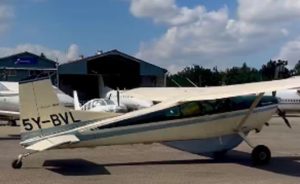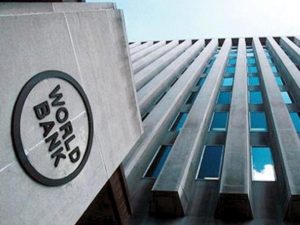Tanzanian, Ugandan Regulators Ink Strategic Oil, Gas MOUs

Entebe — The Petroleum Upstream Regulatory Authority (PURA, the Zanzibar Petroleum Regulatory Authority (ZPRA), and the Petroleum Authority of Uganda (PAU) have signed a Memorandum of Understanding (MoU) aimed at enhancing exploration, development, and production activities in the oil and natural gas sector.
The MoU was signed recently in Entebbe, Uganda, during a ceremony attended by leaders and experts from the three regulators, including the Chairman of PURA’s Board of Directors, Mr Halfan Halfan, and the Chairperson of PAU’s Board of Directors, Ms Lynda Biribonwa.
Among the other dignitaries present were the Director General of PURA, Eng Charles Sangweni; the Executive Director of PAU, Eng Ernest Rubondo; and the Managing Director of ZPRA, Eng Muhammed Said.”
According to the signed agreement, PURA, PAU, and ZPRA have agreed to cooperate in areas such as oil and gas resource management, petroleum data management, and cost auditing.
Other areas of collaboration include community participation in oil and gas projects, health, safety, and environment (HSE), as well as the formulation of laws, regulations, and guidelines related to the exploration, development, and production of oil and natural gas.
Speaking at the signing ceremony, PURA Board Chairman Mr Halfan Halfan emphasized that exchanging experience and building institutional capacity among the three authorities is crucial for the growth of the oil and gas industry in Tanzania and Uganda.
“Through this agreement, it is evident that exploration, development, and production of oil and natural gas in our countries will be significantly strengthened,” said Halfan.
On her part, PAU Board Chairperson Ms Lynda Biribonwa underscored the importance of regulatory bodies working together to ensure the sustainable development of oil and gas resources in the East African region.
The signed deals mark a continuation of the strategic partnership between Tanzania and Uganda in the energy sector, as the two neighboring countries are currently implementing the East African Crude Oil Pipeline (EACOP) project.
The pipeline will transport oil produced from Uganda’s Lake Albert oilfields to the port of Tanga in Tanzania where the oil will then be sold onwards to global markets.
The pipeline is buried and once topsoil and vegetation have been reinstated people and animals will be able to cross freely anywhere along its length.
EACOP runs 1,443km from Kabaale, Hoima district in Uganda to the Chongoleani Peninsula near Tanga Port in Tanzania. 80 percent of the pipeline is in Tanzania.
According to the EACOP website, the pipeline is a buried, thermally insulated 24-inch line, supported by six pumping stations–two in Uganda and four in Tanzania–culminating at the Tanga Port with a terminal and jetty.
EACOP is considered as a crucial infrastructure for Uganda to unlock value from its own natural resources and represents a significant inward investment of some $4 billion across both Uganda and Tanzania, thus value creation is also extended to Tanzania.
The new corridor linking the two countries will bring benefits including the development of new infrastructure, logistics, and technology transfer as well as improving the livelihoods of communities along the route.
By Daily News.



